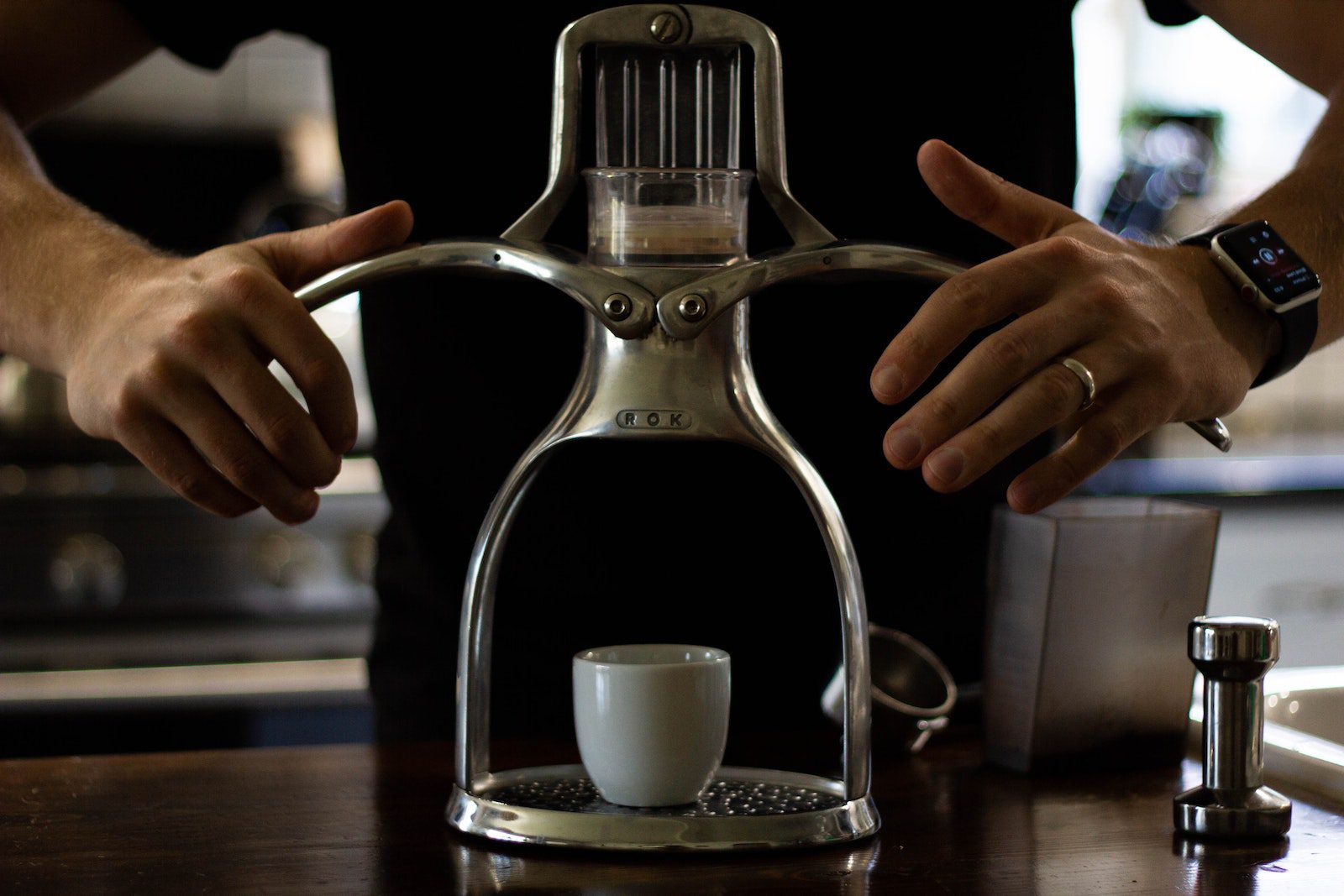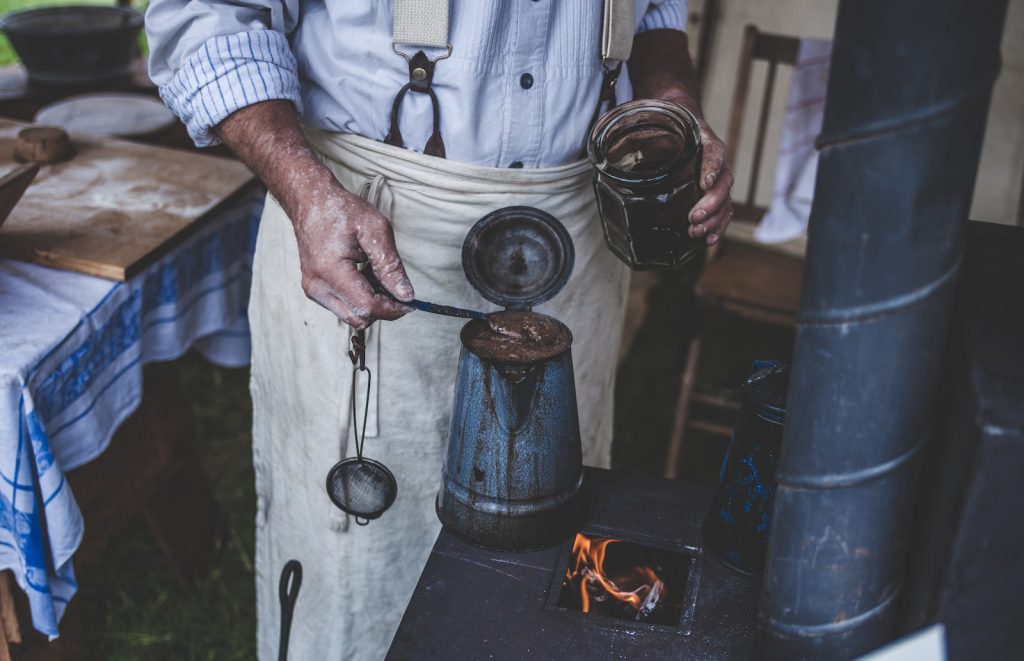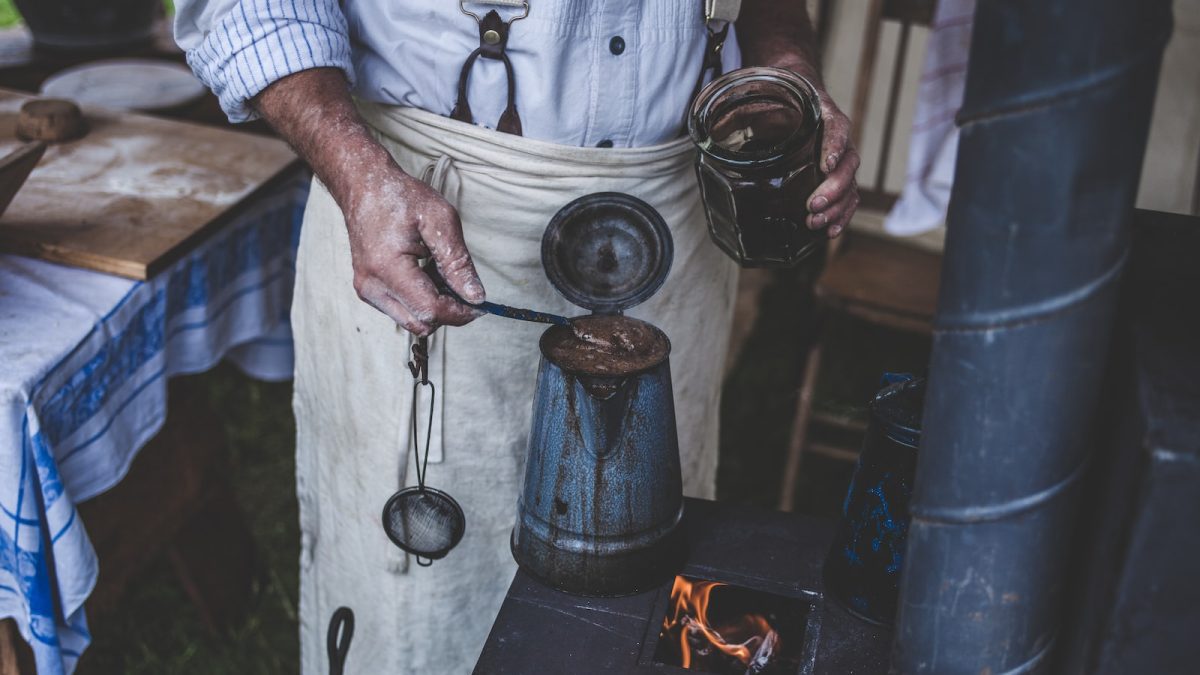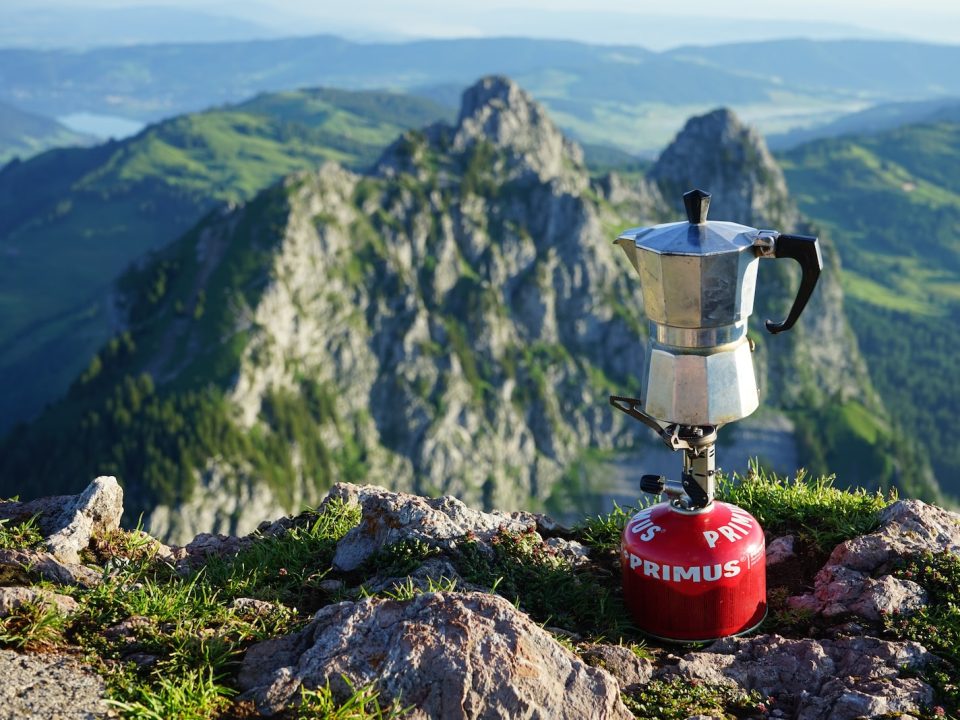
How to Make an Easy Coffee Body Scrub at Home!
September 1, 2020
Who Invented The First Coffee Machine?
September 10, 2020
Is Coffee Of Ethiopian Origin?
Ethiopia seems to have the longest track record where the history of coffee is concerned. The ancient coffee forests of Ethiopia can be traced back many centuries. There is even a legend that describes the history of coffee in the utmost detail.
According to local history, coffee was discovered by a local goat herder called Kaldi. It is believed that Kaldi’s goats were eating certain berries from a tree. He noticed that the goats seemed to become so energetic from eating the berries, they wouldn’t even sleep at night.
As the legend goes, Kaldi told the abbot of the local monastery about the unusual berries he found. The abbot tried the berries out for himself and turned them into a drink.
As he found the berries-based drink would help him to stay alert during evening prayer, he told the other monks at the monastery about the berries. From there on, the story of the miracle berries that would provide amazing levels of energy began.
Coffee And The Arabian Peninsula
Genuine historical evidence surrounding these miracle berries can only be found in the 15th century. While it is believed that the berries were discovered in Ethiopia, it would be a long time until they became the roasted beans we know today.
It is known that coffee was cultivated in the Yemen district of the Arabian Peninsula in the 15th century. After it became popular in Yemen and Saudi Arabia as a whole, coffee started to make its way throughout the world. Coffee became a real hit in Persia, Turkey, Egypt, and Syria. However, it would not be discovered in Europe until the 17th century.
Within the history of coffee, it is important to note that the beverage was not consumed in people’s houses. No, that would come centuries later. Instead, the beverage was served in public coffee houses(Turkey is still famous for these). Naturally, the beverage did not remain a local tradition.
Pilgrims that would visit Mecca would take stories with them about the public houses that served a miracle beverage. Eventually, the news about the named beverage reached Europe and the rest is history.
Where Was Coffee First Discovered And Developed?
Since coffee origins are a little different to track, it is difficult to say who discovered and developed coffee. Ethiopians believe that the coffee origin story can be traced back to Ethiopia and that the local goat herder was the one to discover the priced coffee berries. Of course, not everyone believes that coffee berries were first found in Ethiopia since there is no historical record of it. That being said, the story of the coffee berries allegedly dates back to the 9th century.
The recorded history version states that coffee cultivation took place in the Arabian Peninsula. However, it doesn’t state that coffee was actually discovered there for the first time. While it does mention the coffee plantations, there is no particular evidence that coffee was discovered there.
What Was Coffee Originally Used For?
Whether you decide to believe the Ethiopian legends about the goat herder or the historical accounts of coffee cultivation in 15th century Saudi Arabia, it seems that the use of coffee was the same across the board.
When you look back at the goat herder story, coffee was used for energy. However, the first historical record of coffee cultivation and its use can be traced back to Saudi Arabia. Aside from being served in public houses, there are records that drinking coffee was common in Sufi circles. In fact, they would be drinking coffee to stay awake for various religious rituals. So, from the very beginning, coffee was used for its energy-related benefits.
How Was Coffee Introduced in America?
America had its first coffee taste in the middle of the 17th century. The beverage was brought over by the British, but it would take some time before the success story of coffee began.
Coffee started to become more popular starting at the Boston Party in 1773. At the time, there was a revolt against King George III. Part of the revolt involved people switching their beverage from tea to coffee. Since the beverage became extremely popular among the colonists, the Dutch tried to corner the market. They secured various coffee seedlings and started their own coffee plantations in the 17th century.
It did not take long for coffee to become extremely popular in the rest of the world. By the 18th century, coffee was one of the world’s hottest commodities. Several businessmen saw an opportunity and started selling coffee commercially, so people could start making coffee in their own houses.
In Pittsburgh, brothers John and Charles Arbuckle started their sale of pre-roasted coffee. In California, James Folger started selling coffee to miners. Then, there was the rise of the big named coffee brands such as Maxwell House and Hills Brothers. And, after the creation of instant coffee, Starbucks would be created in 1971.
What Are The Three Waves Of Coffee?
As with all things relating to coffee, this is about to get a little complicated! The three waves of coffee can have different meanings for different people. To keep things as simple as we can, we will explain the three waves of coffee from a historical point of view.
The First Wave Of Coffee
The first wave of coffee took place in the 19th century. During this time, the world started to take notice of coffee and started to purchase it on a regular basis. So, coffee production increased exponentially and so did the number of companies that sold coffee.
During the first wave, coffee production was more focussed on the provision of caffeine and energy. So, the flavor of this beverage was not always on point at this time. Companies such as Nescafé, Folgers, and Maxwell House manufactured coffee to distribute to households across the globe. The first wave of coffee was also accompanied by some new inventions; this includes instant coffee and vacuum packaging.
The Second Wave Of Coffee
The second wave of coffee took place a lot later, more specifically in the 1970s. Interestingly, this is the time when Starbucks coffee shops became more prominent. Coffee shops like Starbucks became more popular for one specific reason, more specifically the provision of coffee that did not only provide energy but a wonderful flavor to boot.
The popularity of a good-tasting cup of coffee had influenced the world’s markets as well. It even affected beer and spirit manufacturers in the United States. As an increasingly large number of people chose coffee over alcoholic beverages, spirit and beer manufacturers saw their sales decrease dramatically.
With the increased popularity of coffee as a beverage, the culture of coffee changed as well. In fact, an entire culture started to create itself around coffee, even though the beverage has been around for many centuries. Still, since communication and travel only became a standard after the Second World War, and since Starbucks did not arrive until the 1970s, it is no surprise that the second wave of coffee did not occur until later.
The Third Wave Of Coffee
The term “third wave of coffee” was used for the first time by Trish Rothgeb in 2002. Trish also defined the waves in the Roasters Guild Publication, aimed at true coffee lovers.
So, what is different between the third and second waves of coffee? Well, the third wave focuses on coffee diversity. Instead of providing a single great coffee, the third wave looks at catering to everyone’s individual tastes. Coffee also started to have a culture that is comparable to that of wine.
Coffee connoisseurs are now a thing, leading to new inventions such as specialty coffee. True coffee lovers are also more aware of the brewing processes and the origin of beans. Even baristas have obtained a more celebrated status around the world.



